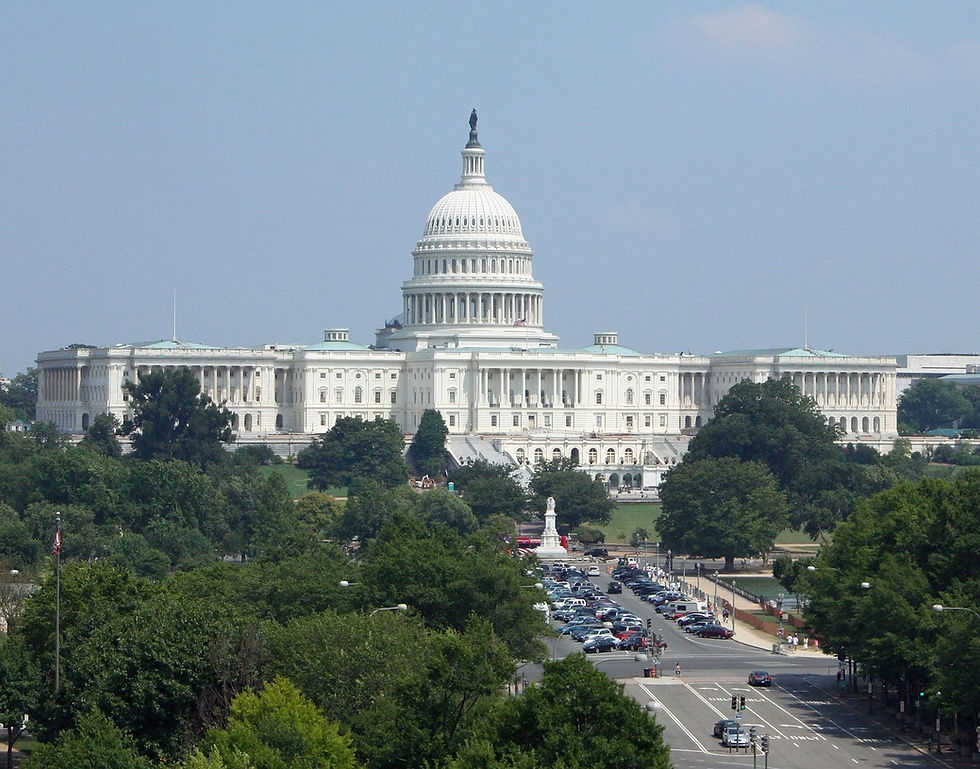Changes Coming to the HVAC Industry - Part 1
- Kevin Bartley

- Nov 2, 2022
- 3 min read
By Kevin Bartley, Division Manager with Nexus 5 Group
I will start off by saying that this might be the most important story that I've published to date. (I will break this up into two parts so that it's not a long read or too much information at one time.)
The U.S. Department of Energy (DOE) has existed since 1977. Their primary goal is to protect human health and the environment. As an organization, they manage rules and regulations that govern energy generation and usage in the United States.
Upcoming DOE Rules and Regulations Changes

New DOE rules and regulations will affect every single person in the United States. These changes take effect January 1st, 2023 and will continue through 2028.
With the rising cost of energy in the US, there certainly needs to be a plan to conserve energy. But at what cost? The impact of these changes will be significant for the entire construction industry.
The HVAC industry as a whole is already a hot mess, to say the least. (Ridiculous lead times on equipment and virtually no availability across much of the commercial sector.)
This year, we thought we might see the light at the end of the tunnel. But even this week, I was in search of a piece of equipment for a project. This particular project has no heat or cooling in the area we will be working in, which is required. Would you believe that the lead time on the equipment we needed was 30 weeks? When this kind of thing happens, we have to go to plan B which costs significantly more.
On top of not even being able to get equipment that we need right now, the entire industry will soon be required to make changes to manufacturing processes and new product lines in the middle of an already messed up supply chain and manufacturing backlog.
The Break Down
As of January 1st, 2023 the Department of Energy minimum energy efficiency requirements go into effect for all newly manufactured residential and commercial air conditioners and heat pumps.
On the commercial side, this will mark the second change in HVAC equipment in the last five years.
On the residential side, there will be separate efficiency standards and installation requirements for systems sold in the northern and southern parts of the US. The new DOE standards will increase the minimum efficiency of residential equipment by approximately 7% or the equivalent of 1 SEER point. (I won't get into the new ratings of equipment in this story because that's an entirely different conversation. To keep things simple, I will talk only about percentages and SEER ratings, not the new way of rating and moving toward SEER2.)
The new standards have the country broken up into three regions.

Each of the three regions will have different requirements (not sure who thought that up) as well as different timing for implementation for these new regulations to take effect. When the previous changes came, the rules and regulations applied to everyone. If you were in the US, everyone had the same requirements. Not this time.
Where this gets confusing is the border states of these three regions.
An HVAC contractor living in southwest Missouri (that has a primary business there) who is working on a project in Oklahoma, may have to work off of two different efficiency ratings and implementation dates because Missouri and Kansas are in the Northern Region. But Oklahoma and Arkansas are in the Southern Region.
I know that one of our major suppliers has distribution in both regions. Even though they have sales and distribution in Tulsa, Oklahoma, they also ship and supply to Southern Missouri. Out of these three regions, there are 21 border states. This will cause mass confusion and chaos as these new changes happen. And this will continue to create delays in inventory and hurdles for manufacturing in an industry that is already stressed.
So what does this mean in layman terms?
Costs are going up.

Since 2019 we have seen on average a 38% price increase on HVAC equipment on the residential side. From what I'm being told from our suppliers, we will see an additional 28% increase thru 2023. These are tremendous increases. Whether or not it’s due to inflation, cost of goods and raw materials and transportation costs will still be carried all the way through to the end user.
I understand that some people aren't home owners, but these costs will result in higher rent and lease costs as well. Looking at the long term effects of how this will play out is not a pretty sight for anyone. Costs will continue to grow as even more DOE Rules and Regulations are handed down over the next several years.
Ultimately, something must be done to conserve energy. As a result, every single person will pay their fair share as these new rules go into effect.





It's impressive to see AC Repair Diamond Bar company addressing the workforce challenges in the industry. The investment in training and development programs not only reflects a commitment to employee growth but also ensures a skilled and capable workforce.